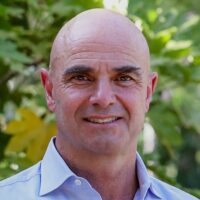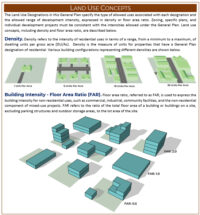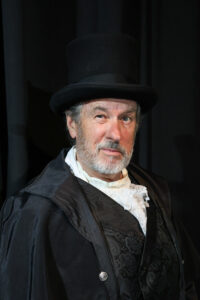
Sonoma resident Drucilla King was concerned about her husband Donald’s snoring. During their appointment with ear, nose and throat specialist Kathleen Healey, the doctor suggested that she perform an oximetry test not just on her husband, but on herself as well. “It turns out that while my husband’s test was fine, I was the one with the low oxygen levels. So after a brief conversation the doctor referred me to REM for an overnight sleep study.”
REM Sleep Diagnostics, an American Academy of Sleep Medicine-accredited lab in Napa, specializes in the diagnosis and treatment of sleep disorders. “We see people from all walks of life,” said Adrienne Snow, a polysomnographic technician who has been interpreting brain waves and nocturnal behavior at REM since 2005. “There are literally millions of people out there with an undiagnosed sleep disorder. Sleep apnea is the most common and most serious condition we see, but it is also one of the most treatable.”
Sleep apnea is characterized as an upper-airway blockage during sleep that inhibits breathing. It is frequently caused by relaxed tissue and muscle from the neck collapsing on the airway during deep sleep, making it impossible for a person to breathe without waking up. People with sleep apnea can be aroused from sleep as many as 100 times per hour. Despite these arousals, they frequently have no recollection of waking due to the compromised state of their brain at the time. They are frequently tired and lethargic during the day, and achieve very little if any deep sleep at night due to chronic arousal.
Along with the obvious short-term effects of sleep deprivation, sleep apnea carries with it serious long-term health risks. During the episodes of arrested breathing the patient’s blood oxygen saturation decreases. Prolonged periods of low oxygen levels can cause a negative exponential effect in the body and over time can cause brain damage, arterial degeneration, heart disease and stroke.
“I was nervous when I arrived for my sleep study,” said King. “The thought of sleeping in a strange room in a laboratory was unsettling,” she added. “But when I got to the lab I noticed it looked more like a four star hotel, with my own private bathroom and a very comfortable bed.”
Patients scheduled for an overnight sleep study arrive at the sleep laboratory at around 8 p.m. They are greeted by professional sleep technicians who are trained to make the patient feel comfortable and at home. “The employees were great. They explained the whole procedure to me and it made me realize how much training they actually have to go through.”
With the application of electrodes to the scalp and belts around the torso and stomach, sleep technicians are able to interpret brain activity and correlate it with body movement to form a diagnosis.
By her 6 a.m. wake-up time, Drucilla King had exhibited clear signs of sleep apnea. At times she had shown a periodic reduction in airflow known as a hypopnea, as well as full obstructive events indicative of sleep apnea. She returned the following week for a CPAP titration. The CPAP, or Controlled Positive Airway Pressure Machine, enables the airway to stay open during deep sleep so that a normal sleep cycle is maintained.
“It was uncomfortable wearing the mask at first,” said King. “But now I use the machine every night and the difference is huge. I know this machine saved my life. I feel healthier and have more energy. I can walk long distances without any problems and my sleep quality is definitely improved. I have great dreams.”
“It’s a painless procedure,” said Kolby Lankford, a registered polysomnographic technician at Mercy San Juan Hospital in Carmichael. “Sleep apnea is one of the most treatable yet undiagnosed disorders. If anyone feels that they are not getting enough rest at night and is tired during the day, they are a good candidate for a sleep study. Sleeping aids won’t help a person with sleep apnea because they will still be aroused and their sleep cycle will still be disrupted. With the high-risk, long-term effects and chronic deprivation endured by those who are untreated, nothing is stopping them from seeing a doctor and finding a solution.”
Sonoma resident snoozing deeply after her visit to the sleep lab
More from NewsMore posts in News »




